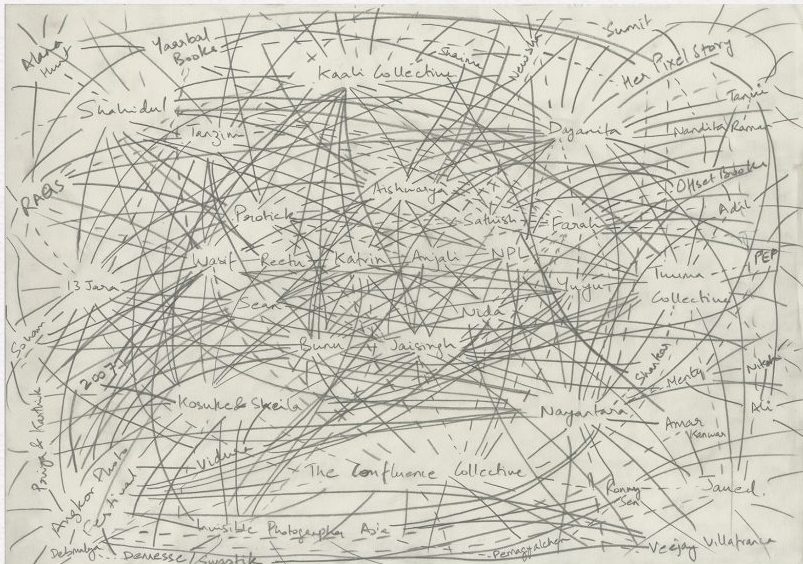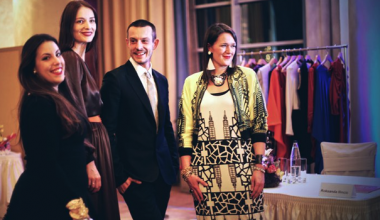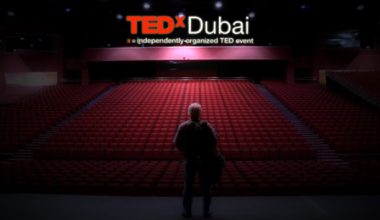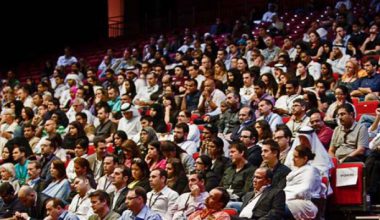The Ishara Art Foundation is the first permanent space in the Gulf dedicated to South Asian contemporary art, located in Alserkal Avenue, Dubai. Growing Like A Tree, curated by Sohrab Hura, is their latest exhibition taking place from January 20, 2021 to May 20, 2021.
This is Hura’s first curatorial project as an artist and features works by 14 artists and collectives from Bangladesh, Cambodia, Germany, India, Myanmar, Nepal, Pakistan, and Singapore. The exhibition considers photography as a locus in an expanded field of practices that includes videos, books, and sound installations.
The ensemble of artists and collectives in the exhibition includes Aishwarya Arumbakkam, Anjali House, Bunu Dhungana, Farah Mulla, Jaisingh Nageswaran, Katrin Koenning, Munem Wasif, Nida Mehboob, Nepal Picture Library, Reetu Sattar, Sarker Protick, Sathish Kumar, Sean Lee, and Yu Yu Myint Than, along with site specific interventions by Sohrab Hura.
The powerful works offer a glimpse into the collective journeys of the artists through their artistic and political affinities. The individual voices come together in a captivating manner, as the artists tackle themes of changing cities, collective memory, the environment, public spaces, and the archive through works that sit at the intersection of documentary and fiction, and image and object.
In Hura’s own words, “What I’ve been seeing over the years are collective flows in terms of movement and exchange of photographers across political, geographical and cultural boundaries. An osmosis-like relationship with photographers across borders has started to seep through with each one searching for new ways to grow as artists and having at stake something in common that is far more urgent than photography.”
For Khaleejesque, I had the opportunity to speak to Aishwarya Arumbakkam and Sathish Kumar about their work at the exhibition.
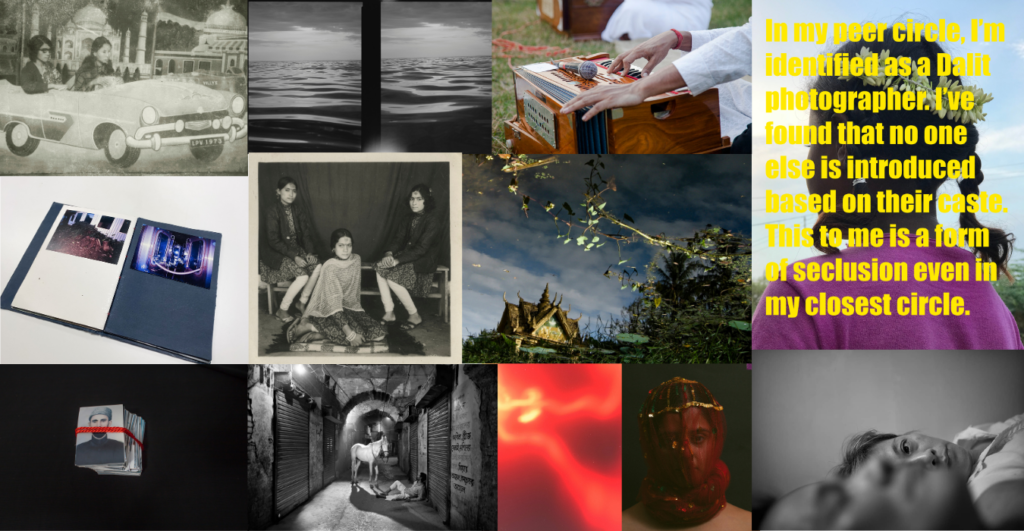
Nepal Picture Library, Katrin Koenning, Reetu Sattar, Jaisingh Nageswaran,
Yu Yu Myint Than, Nepal Picture Library, Anjali House, Nida Mehboob,
Munem Wasif, Sarker Protick, Bunu Dhungana, and Sean Lee
Below is our interview with artist and photographer Aishwarya Arumbakkam.
Saira Malik (S.M.): What is your interpretation of the theme for this group exhibition titled ‘Growing Like A Tree’?
Aishwarya Arumbakkam (A.A.): ‘Growing Like a Tree’ is a map of seemingly simple, perhaps even incidental but critical encounters that have shaped my practice and the practices of those around me. While engaged in individual journeys, when seen together, our works resonate stronger, revealing a conversation and concern larger than what can be read from our individual works. This is the matrix from which all our practices grows from and grows back into. As we grow, this matrix grows too.
S.M.: How did you choose the subject matter included in ‘Growing Like A Tree’?
A.A.: I happened to visit Lama Punji in late 2015 during a residency hosted by Pathshala South Asian Media Institute. My preoccupation with mythology meant I was sensitive to the oral histories of the region and the impact of environmental destruction on it. Exploring this idea, I started working on what’s now becoming ‘ka Dingiei’.
S.M.: What are you exploring through your work titled ‘ka Dingiei’
A.A.: ‘ka Dingiei’ is a story about Human Environment conflict and Indigenous issues. When a community loses land, there is visible loss of property and livelihood. But there are deeper, intangible losses, the loss of culture, mythology, knowledge systems and identity that are arguably more valuable. Re-interpreting an ancient Khasi myth, ‘ka Dingiei’ is an allegorical exploration of these ideas. It is set in the Khasi village of Lama Punji in Bangladesh.

Archival pigment print, 61 cm x 61 cm. © Aishwarya Arumbakkam.
Image courtesy of the artist and Umrao Singh Sher-Gil Grant for Photography 2019, SSAF.
S.M.: What would you like the audience to experience when they see your work at the exhibition?
A.A.: I want the audience to sense and imagine Lama Punji, and to become sensitive to the intangible impact of land encroachment and mining on the Khasi community of the village.
S.M.: How does your work connect with the rest of the artists in the show?
A.A.: ‘ka Dingiei’ carries in it traces of so many people in the show. I consider the curator Sohrab Hura to be my mentor. He has intimately seen and been with ‘ka Dingiei’ since its conception. It was in a residency at Pathshala South Asian Media Institute that I started working on ‘ka Dingiei’, under the guidance of Tanzim Wahab, Sarker Protick and Munem Wasif. I’ve shared my concerns and struggles with this work, spent hours thinking and talking about it with my peers Sathish Kumar, Jai Singh, and Bunu Dhungana.
These conversations happened in spaces orchestrated by NayanTara Gurung Kakshapati and Dayanita Singh. Another meeting point is Angkor Photo Festival where I met Katrin, Sohrab and Yuyu for the first time. There are words Katrin Koenning has said about my work that I still carry within it. Without all these people, neither I nor the work would be what it is today.

Archival pigment print, 61 cm x 61 cm. © Aishwarya Arumbakkam.
Image courtesy of the artist and Umrao Singh Sher-Gil Grant for Photography 2019, SSAF.
Below is our interview with contributing artist and photographer Sathish Kumar.
Saira Malik (S.M.): Can you talk us through the work you are presenting at ‘Growing Like A Tree’?
Sathish Kumar (S.K.): ‘Town Boy’ is a string of images about boyhood, memories, my movement from a small town to a cosmopolitan city, and my journey as I somehow try to fit into this contemporary world. A collection of ordinary moments, it is sensitive to the slow pulses and rhythm of everyday life. I grew up in a small town where I recorded the essence of every new experience including my friends, family, and neighborhood with my camera. At some point, like many others, I left my hometown for a larger city in search of opportunities. In this movement, I had to leave behind my beginnings, losing my innocence in a small way. ‘Town boy’ is an observation of this gradual transformation in my life. To reconcile with these changes, and to be relieved from the suffocation that is city life, I keep going back to my hometown or into treks, and continue to photograph it. My experiments with photographs are a reflection of my journey.
S.M.: What were the conversations you had with curator Sohrab Hura, before you finalized your own work and vision for this exhibition?
S.K.: I’ve been sharing my works with Sohrab constantly for the last six years. During these meetings, I always shared my works in the form of small prints that felt personal and diaristic. We decided to carry this feeling forward and exhibit the work in a form that is compact and intimate.

Archival pigment print, 34.3 cm x 29.2 cm. © Sathish Kumar. Image courtesy of the artist.
S.M.: How does your work resonate with the overall theme of the exhibition?
S.K.: ‘Town Boy’ was not conceived of, or executed as a project. These images happened over time, as my life unfolded and changed in the past decade. Like the theme of this exhibition, my work too is one that’s growing like a tree. My works are getting shaped day by day and continues to grow along with myself and other participating artists from this show.
S.M.: Out of the 14 artists at this show, whose work do you connect with the most?
S.K.: I’m unable to single out a particular work, because I feel each of the artist’s work is unique and plays an important role within the group. This individuality yet interconnectedness became apparent while viewing the digital walkthrough of the exhibition. The exhibition does feel like a big banyan tree with many roots around the trunk. In particular, I easily connect with the works of Jaisingh, Aishwarya, Dayanita and Bunu because I go through their works regularly.
S.M.: What would you like your audience to feel when they see your work here?
S.K.: My work represents the non-linearity of memories and time. I want this exhibition to be a common ground that connects everyone in Dubai, or anywhere in the world, to share with each other the journeys of their respective lives. Across nations, we as humans go through similar paths and these images are an attempt to string them together as a collective of constant change.

Archival pigment print, 34.3 cm x 29.2 cm. © Sathish Kumar. Image courtesy of the artist.
Ishara Art Foundation's exhibition, Growing Like A Tree, is taking place till May 20, 2021 at Alserkal Avenue, Dubai. For more information, click here!
Words: Saira Malik
Images: Courtesy of Ishara Art Foundation

